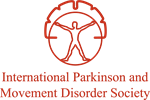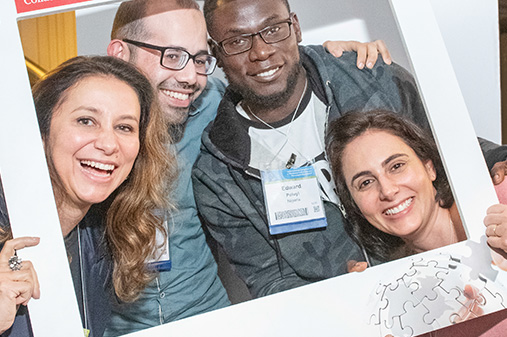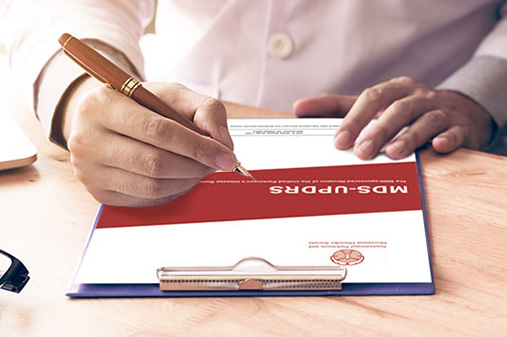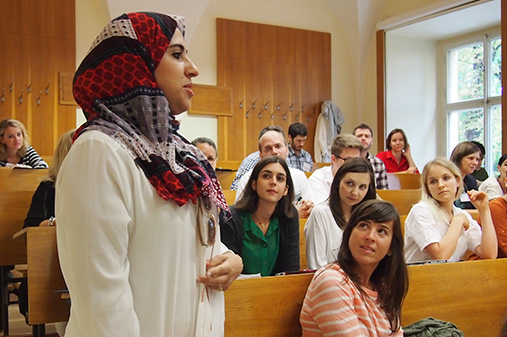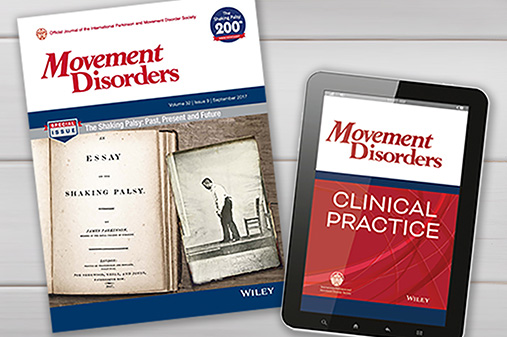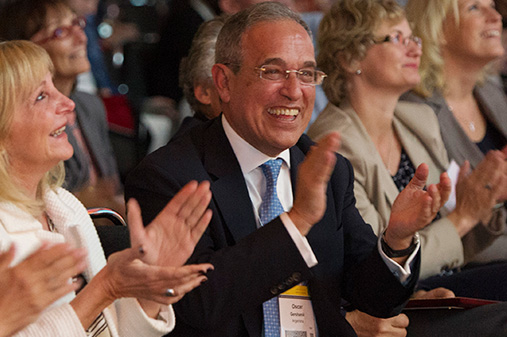Post-Stroke Movement Disorder Study Group
Have questions? Contact the MDS Staff Liaison, contact Jane Mullarkey at jmullarkey@movementdisorders.org
Mission & Goals
The main missions of the PSMD will be to:
-
To discuss the need of a global survey to assess the current status of PSMD
- To identify regional differences in needs, problems, and gaps.
- To plan multi-centric studies to address the current knowledge gaps.
Background
Post-stroke movement disorders (PSMD) are among the most common secondary movement disorders. Although prior studies have highlighted the clinical spectrum and phenomenology of PSMD, there are many important knowledge gaps worth addressing in a collaborative fashion:- Unclear latencies between stroke and onset of abnormal movement
- Need to clarify what we mean by stroke: cerebrovascular disease associated with movement disorders include ischemic and hemorrhagic strokes, subarachnoid hemorrhage, cerebrovascular malformations, and dural arteriovenous fistulas. Which ones do we want to include? And if we will be very inclusive, should we consider changing the name to cerebrovascular related movement disorders (CVMD)?
- Rationale for vulnerability versus resilience to developing abnormal movements in selected stroke syndromes
- Need to study networks to account for the imperfect correlation between stroke localization and movement phenomenology (only in ~30% of cases).
- Clinical heterogeneity: more than one movement disorder in the same patient
- Neuroimaging heterogeneity: more than one stroke type for the same phenotype
- Prognosis: which stroke syndromes disappear, which become chronic?
- Nosology: definition of selected disorders, such as lingual dystonia, jerky hand, etc.
- Treatment: is the response to symptomatic therapies differential across PSMD phenotypes versus primary movement disorders phenotypes?
Current Projects
Case Registry
Help MDS establish an international registry of post-stroke movement disorders.
Published Works
![]()
Current opinions and practices in post-stroke movement disorders: Survey of movement disorders society members
- Published paper
- Post-Stroke Movement Disorder
![]()
Gaps, Controversies, and Proposed Roadmap for Research in Poststroke Movement Disorders
- Published paper
- Post-Stroke Movement Disorder
